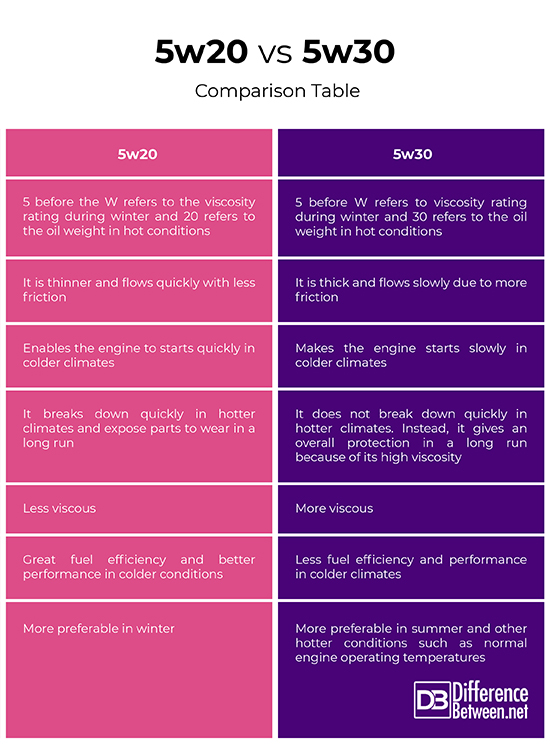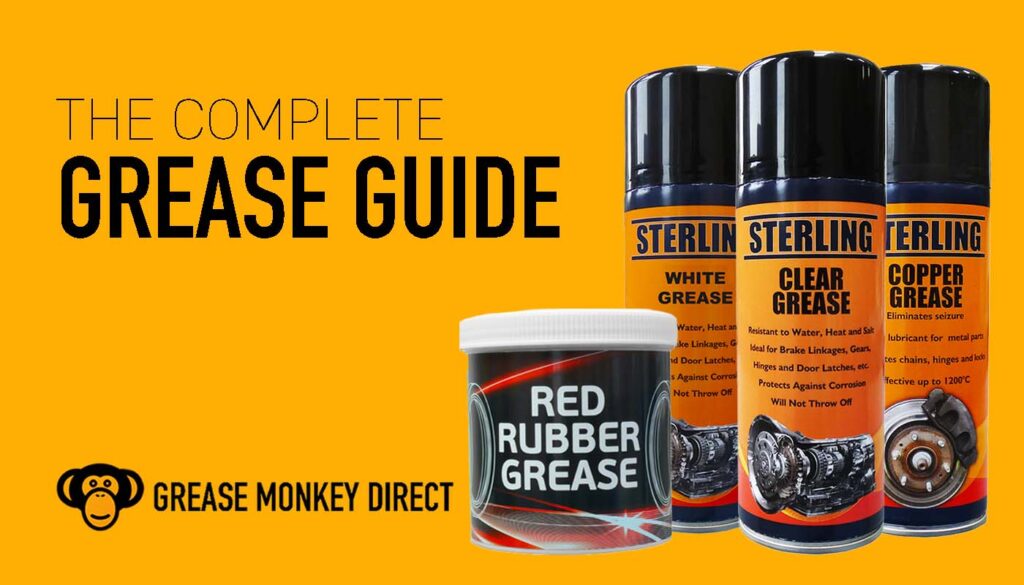If you’ve been in the mechanical or automotive industry, chances are you’ve heard about moly grease. Molybdenum disulfide, commonly known as moly, is a popular additive in greases due to its exceptional lubricating properties. However, there are specific scenarios where using moly grease may not be the best option. Understanding when not to use moly grease is crucial for ensuring the optimal performance and longevity of your equipment.
Disadvantages of Moly Grease
Before delving into when not to use moly grease, it’s essential to grasp its disadvantages. Molybdenum disulfide, while beneficial in many applications, can have drawbacks in certain circumstances. Molybdenum disulfide has a lamellar structure, and the layers can slide along each other. This structure can cause extra wear on bearing materials, leading to premature failure in some cases. Additionally, the black color of molybdenum disulfide can stain surfaces, making it unsuitable for applications where cleanliness is crucial.
High-Speed Rotating Bearings
One of the primary scenarios where moly grease should be avoided is in high-speed rotating bearings. Molybdenum disulfide can create excessive wear in ball bearings, needle bearings, roller bearings, and other high-speed rotating components. The sliding action of molybdenum disulfide can lead to increased friction and wear, negating the benefits of lubrication and potentially causing damage to the bearings over time.
Automatic Slack Adjusters
Automatic slack adjusters are critical components in heavy-duty trucks and trailers, responsible for maintaining proper brake clearances. Manufacturers of automatic slack adjusters often caution against using greases containing moly. The presence of moly can interfere with the internal friction clutches, compromising the functionality and reliability of the automatic slack adjusters. Therefore, it’s best to avoid moly grease when lubricating automatic slack adjusters to prevent operational issues and potential safety hazards.
High-Pressure Grease Fittings
While moly grease is known for its ability to withstand high pressures and temperatures, it may not be suitable for use in certain high-pressure grease fittings. In some applications, the presence of moly can lead to clogging or blocking of the grease fittings, impeding the proper lubrication of components. In such cases, using a non-moly grease is recommended to ensure unimpeded flow and distribution of lubricant to the critical areas.
Where to Purchase Suitable Grease
When it comes to selecting the right grease for your specific application, it’s essential to consider the manufacturer’s guidelines and recommendations. There are various types of greases available, each designed for specific uses and operating conditions. Conducting thorough research and consulting with industry experts can help you identify the most suitable grease for your equipment and ensure optimal performance and longevity.

Credit: www.ebay.com

Credit: www.amazon.com
Conclusion
While moly grease offers exceptional lubricating properties and is well-suited for many demanding applications, there are specific scenarios where its use may not be ideal. Understanding the disadvantages of moly grease and knowing when not to use it is crucial for preventing premature wear, operational issues, and potential safety hazards. By carefully evaluating the operating conditions and consulting with industry experts, you can make informed decisions regarding the most suitable grease for your equipment, ensuring reliable performance and longevity.


